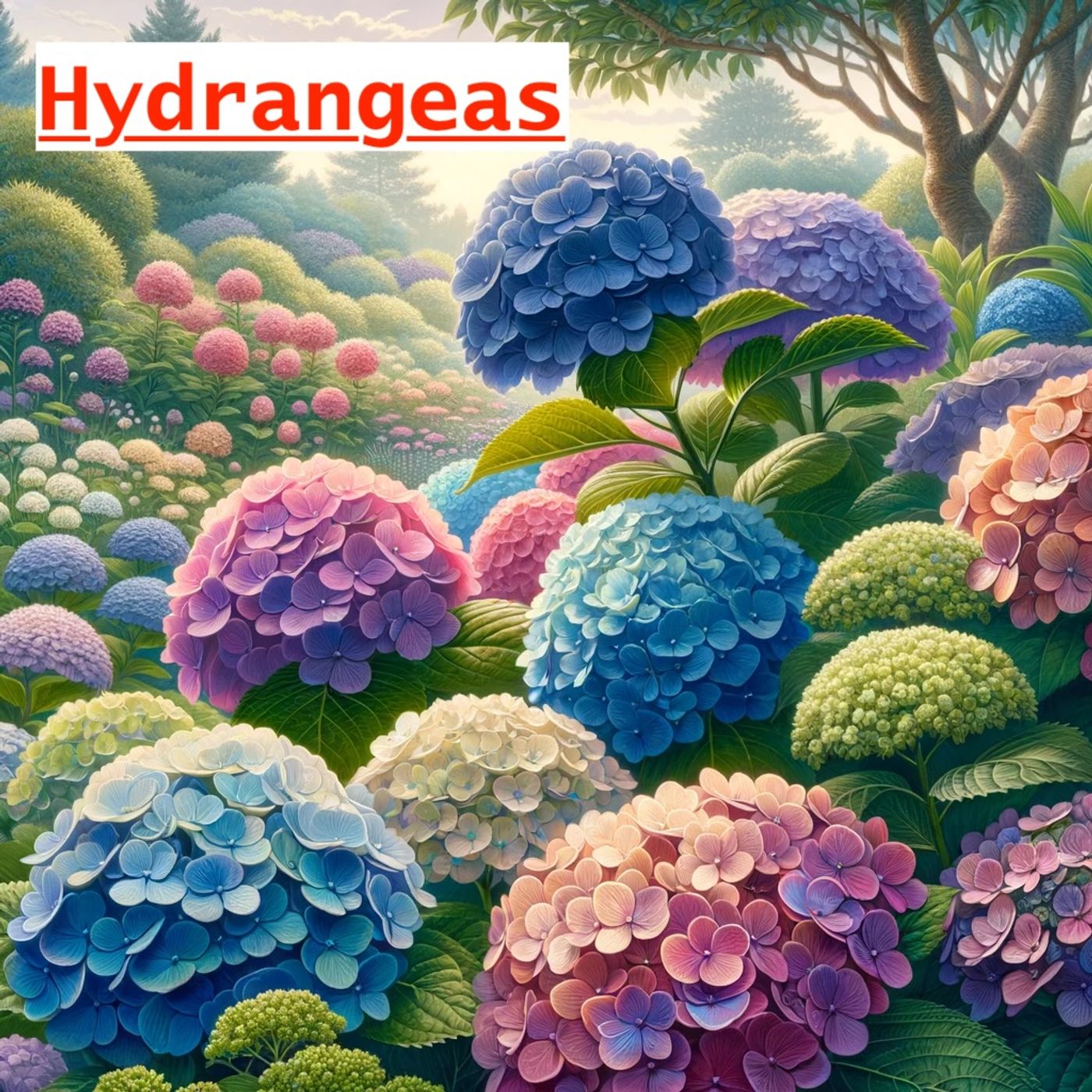Hydrangeas

Info
About Hydrangeas
-
Introduction In the vast tapestry of the plant kingdom, there exists a genus of flowering shrubs that has captured the hearts of gardeners and nature enthusiasts alike. Hydrangeas, with their botanical name Hydrangea, belong to the Hydrangeaceae family and have been cherished for centuries for their stunning blooms and versatile nature. These enchanting shrubs have graced gardens, inspired art and literature, and played a significant role in human culture across the globe. In this article, we will embark on a journey to explore the captivating world of hydrangeas, delving into their history, varieties, cultivation techniques, and the fascinating stories that have grown up around them. History of Hydrangeas The story of hydrangeas begins in the lush landscapes of Asia and the Americas, where they have thrived for countless generations. In Japan, hydrangeas have been celebrated in art and literature for over a thousand years. The earliest written record of hydrangeas in Japan dates back to the 8th century, where they were mentioned in the Man'yōshū, the oldest existing collection of Japanese poetry. These beautiful flowers were often associated with the rainy season and were believed to bring good fortune and prosperity. In China, hydrangeas were also admired for their beauty and were frequently depicted in traditional ink paintings. The Chinese name for hydrangea, "xiu qiu hua," translates to "embroidered ball flower," a testament to the intricate and delicate appearance of the blooms. Across the ocean, in the Americas, indigenous peoples have long used hydrangeas for medicinal purposes. The Cherokee, for example, used the root of the smooth hydrangea to treat urinary tract disorders and as a diuretic. Other Native American tribes, such as the Iroquois and the Seminole, also utilized various parts of the hydrangea plant in their traditional healing practices. It wasn't until the 18th century that hydrangeas made their way to Europe, thanks to the efforts of explorers and botanists who brought back specimens from their travels. The first recorded European cultivator of hydrangeas was Peter Collinson, an English botanist who received a specimen from John Bartram, an American naturalist, in 1736. From there, the popularity of hydrangeas spread rapidly throughout Europe, with plant enthusiasts eagerly collecting and cultivating these exotic beauties. Varieties of Hydrangeas One of the most fascinating aspects of hydrangeas is the incredible array of varieties that exist within this genus. Each type of hydrangea possesses its own unique characteristics, from the shape and color of the flowers to the size and growth habit of the shrub. Let's explore some of the most popular and beloved hydrangea varieties. 1. Bigleaf Hydrangea (Hydrangea macrophylla) The bigleaf hydrangea is perhaps the most widely recognized variety, with its large, round flower heads that bloom in shades of pink, blue, or white, depending on the...
What kind of guest might make a good fit?
-
Seeking guests who can provide insight into the historical significance, cultural impact, and botanical intricacies of hydrangeas, as well as share personal stories of gardening and cultivating these enchanting shrubs.
Note: Guest insights are created with AI assistance.